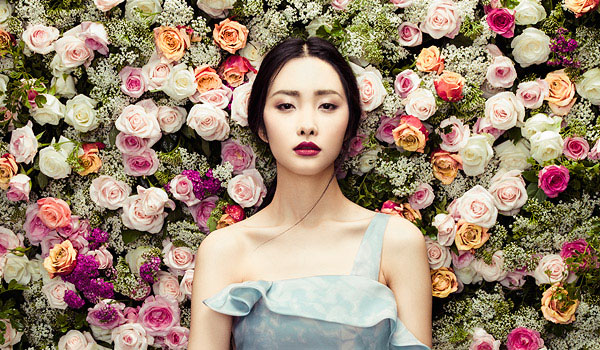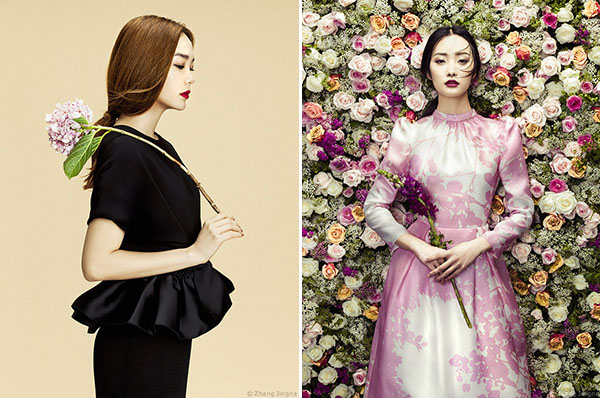Tips & Tricks

Exposures Longer Than One Second
Photograpy Techniques How To |
The other day I was listening to satellite radio and the song "Time" by the Chambers Brothers came on. In that my mind always thinks photography, as I was singing along to the chorus, it prompted the idea for this article—“Now the time has come, there are things to realize...” What I want you to realize is how the concept of time impacts the outcome of an image.
Time is critical in action photography. Stopping a race car, freezing the moment a receiver snatches a football in the end zone, or capturing a single suspended drop of water as it cascades in a waterfall all require fast shutter speeds. Conversely, showing the concept of elongated time as it blurs across a sensor requires a slow shutter speed to exaggerate movement of the subject. The focus of this article is the latter as I want to deal with exposures of longer than 1 second.
 |
The Basics: In order to obtain slow shutter speeds, either the light has to be dim or you need to cut back the existing light. The easiest way to do this is with neutral density filters. They come in individual strengths of one to ten stops in addition to one that is variable from one to 9 stops - the front of the filter rotates to produce the necessary amount of density. I own a 6 stop and a 3 stop and I stack them if needed. If I add a polarizer, light levels can be cut even further. In that the viewfinder is dark, I first create my composition and then add the ND filters. I also stop down my lens to the smallest aperture which nets the longest possible exposure.
Tripod It: While it’s not necessary to use a tripod all the time in that intentionally moving the camera during long exposures creates interesting effects, it’s essential one be used if you want stationary items to remain sharp. Both techniques produce intriguing results. Bring your camera and tripod to an amusement park at night and photograph the same subject both with the camera mounted on a tripod and hand held to intentionally blur it. While you’re at it, zoom your lens during the exposure to add an additional variable.
 |
Technique: As you play with the concept, you’ll find yourself wanting longer and longer exposure times. This being the case, be sure you enable long exposure noise reduction. It appears in the custom menu settings. Realize it will take time to process the photo so rapid fire is not the norm. If the exposure is 20 seconds, be prepared to wait 20 seconds before making the next image. Stacking ND filters can cause vignetting especially with wide angles. Its chance of happening is heightened the more you stop the lens down so be aware of its potential as it’s difficult to see in the dark viewfinder. Be sure you have a locking cable release especially if you get into exposures longer than 30 seconds as this is where many cameras automatic settings stop.
Visit www.russburdenphotography.com for information about his nature photography tours.

















